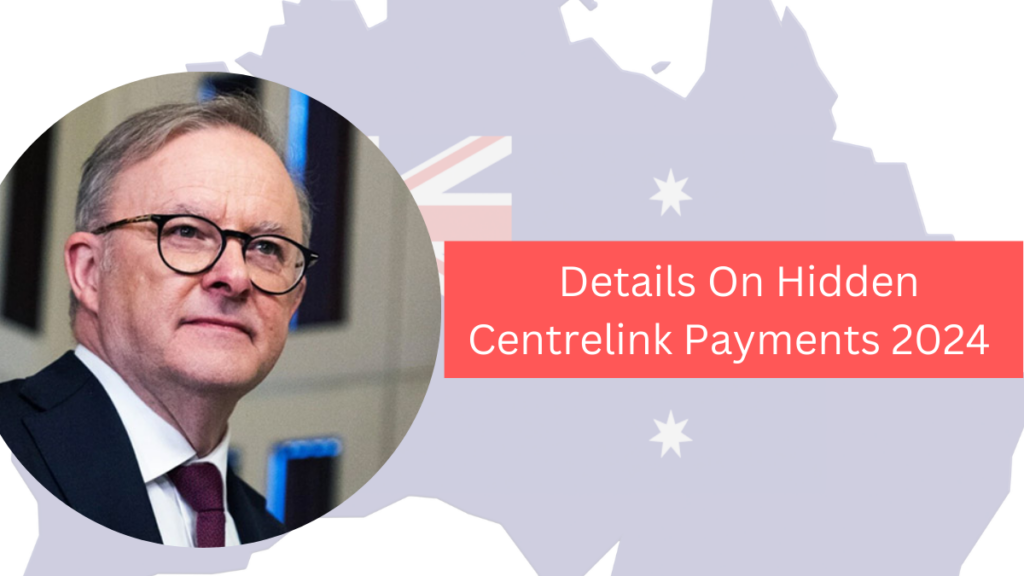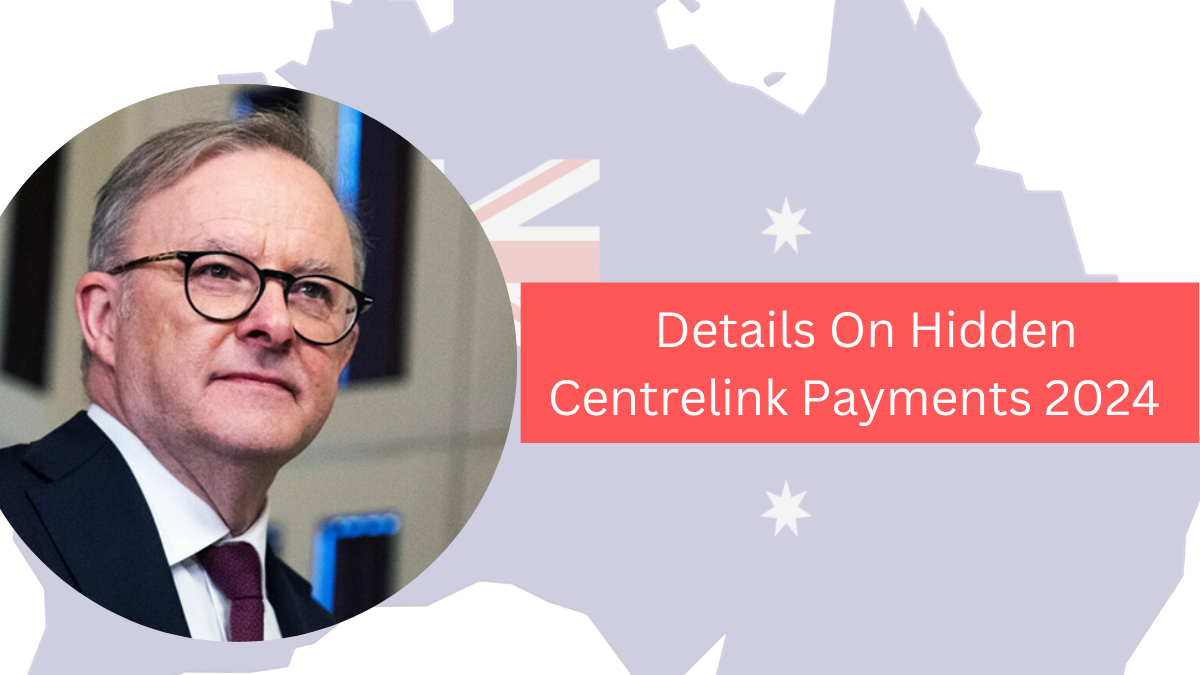Centrelink, administered by the Government of Australia, provides essential financial benefits to support individuals and families facing various challenges. From childcare and pensions to crisis support for domestic violence survivors and asylum seekers, Centrelink benefits aim to act as a financial lifeline, promoting stability and security for those in need. These payments, often known as “Centrelink Crisis Payments” or “Hidden Centrelink Payments 2024,” help individuals cover basic necessities such as food and shelter.
In this article, we’ll break down the different types of Hidden Centrelink Payments available, eligibility criteria, and how to apply, so you can find the support you need.

What Are Hidden Centrelink Payments 2024?
The Hidden Centrelink Payments 2024 are designed to assist eligible individuals with financial support tailored to their unique situations. These payments provide:
- Financial support for basic needs such as food, shelter, and healthcare
- Assistance for vulnerable individuals facing emergencies like domestic violence or natural disasters
- Aid for refugees and asylum seekers to help them integrate into Australian society
These payments are crucial in ensuring a stable life for those facing hardship, helping them and their families navigate difficult times without significant financial strain.
Eligibility for Centrelink Hidden Payments 2024
To qualify for the Hidden Centrelink Payments (also called Crisis Payments), applicants must meet specific criteria:
| Criteria | Details |
|---|---|
| Age | Must be 16 years or older |
| Employment Capability | Unable to perform essential tasks or meet employment needs |
| Income Support Status | Not receiving any other income support from Centrelink |
| Residency | Must be a resident of Australia and physically present at the time when payment is made |
| Disability or Health Challenges | Those with physical or mental health challenges that hinder employment are also eligible |
Types of Hidden Centrelink Payments
Hidden Centrelink Payments provides targeted financial relief based on specific circumstances, offering various forms of assistance to people in crisis. Here are the main types of Hidden Payments available:
1. Crisis Payment for National Health Emergency
This payment supports individuals facing financial hardship due to national health emergencies, like pandemics. It helps cover essential expenses, such as:
- Groceries
- Healthcare
- Housing
Note: The last recorded payment for a health emergency was on October 1, 2022, during the COVID-19 pandemic.
2. Crisis Payment for Domestic Violence
Centrelink provides a Crisis Payment for those affected by domestic violence. The goal is to offer immediate support to those leaving abusive environments.
Eligibility Requirements:
- Experience of domestic violence
- Contact with official agencies for assistance
- Physical presence in Australia at the time of the claim
- Application submitted within a week of leaving the abusive environment
- Reporting of the abuser (sibling, partner or other family members) to the police
This payment is issued quarterly, providing a steady source of financial support over the course of a year.
3. Crisis Payment for Extreme Situations
This payment helps individuals who must leave their homes due to extreme conditions, such as natural disasters (fires, floods, etc.). To claim this benefit, individuals must provide:
- Incident Proof: A police report containing the incident’s details, such as the date and location.
This payment is offered once per qualifying incident, supporting the affected person’s basic needs for up to three months.
4. Hidden Payment for Humanitarian Entrants
Centrelink offers financial assistance to individuals settling in Australia as part of humanitarian efforts. This benefit provides support for:
- Housing
- Groceries
- Basic living necessities
These payments assist refugees and asylum seekers in adapting to their new environment, helping them integrate smoothly into Australian society.
5. Hidden Payment for the Release from Prison
To aid those recently released from prison, Centrelink provides financial support for a seamless transition back into society. This payment covers basic necessities, such as:
- Clothing
- Transportation
- Essential services
This payment ensures individuals have the support needed to reintegrate into the community effectively.
Steps to Claim Centrelink Hidden Payments in 2024
Applying for Centrelink Hidden Payments is straightforward. Follow these steps:
- Visit the official Centrelink website.
- Sign in to your myGov account.
- Link your account to Centrelink.
- Navigate to the “Crisis Payments” section.
- Select the specific benefit for your situation.
- Provide all necessary information and documents.
- Submit your application.
Quick FAQs
1. Can I apply for more than one Centrelink Hidden Payment?
Yes, you can apply for multiple payments if you meet the eligibility requirements for each type.
2. Is the Crisis Payment for Domestic Violence available immediately?
Yes, if you meet the eligibility criteria, you can receive support within a week of applying.
3. Do I need to provide documentation for the National Health Emergency payment?
Yes, providing relevant documentation that shows your economic hardship due to a health emergency can support your claim.
4. Are Centrelink Hidden Payments ongoing?
Most of these payments are one-time benefits per qualifying incident, except in certain cases like domestic violence, which may offer quarterly payments.
5. Is there support available for refugees other than the Crisis Payments?
Yes, humanitarian entrants can also explore additional programs tailored to help them settle in Australia, such as local housing assistance and integration services.
I am a dedicated lifestyle and fashion enthusiast, always looking for the latest trends and timeless styles. With a flair for creativity and a passion for self-expression, I provide fresh insights and tips on elevating everyday living and personal style.
